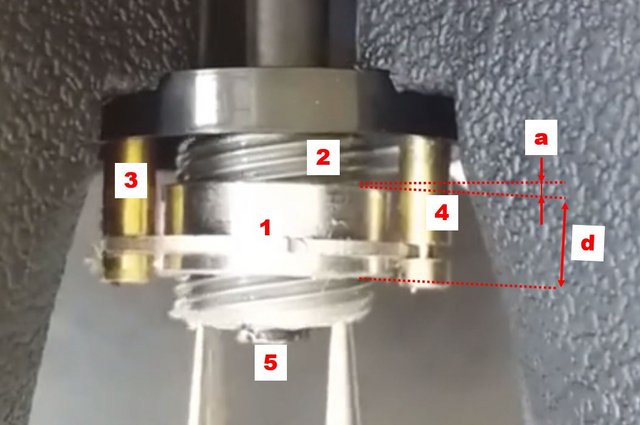I hesitate to disagree with Herr Merlitz and I am certainly prepared to accept there might be compromises in some areas due to larger visual 'envelope' within which close focusing binos must function. My experience over many years leads me to be quite relaxed about these compromises.Hello Lee,
this point is of course very controversial, Holger Merlitz said the following ...
"This expectation would be unproblematic if one simply got the property of a short near point as a treat on top. Like a piece of cake that comes with the icing as an extra.
It's different with binoculars, because a short near point can only be achieved with compromises in other performance parameters. Like: The cake with icing is only available with fewer cherries in the batter.
Therefore one should only demand such a function as the near point if one really needs it and is prepared to accept compromises elsewhere (among other things: more complicated, more error-prone mechanics, additional lenses, i.e. heavier and in connection with a light one Loss of contrast, etc."
Re: Nahgrenze bei Ferngläsern
www.juelich-bonn.com
Andreas
Lee





